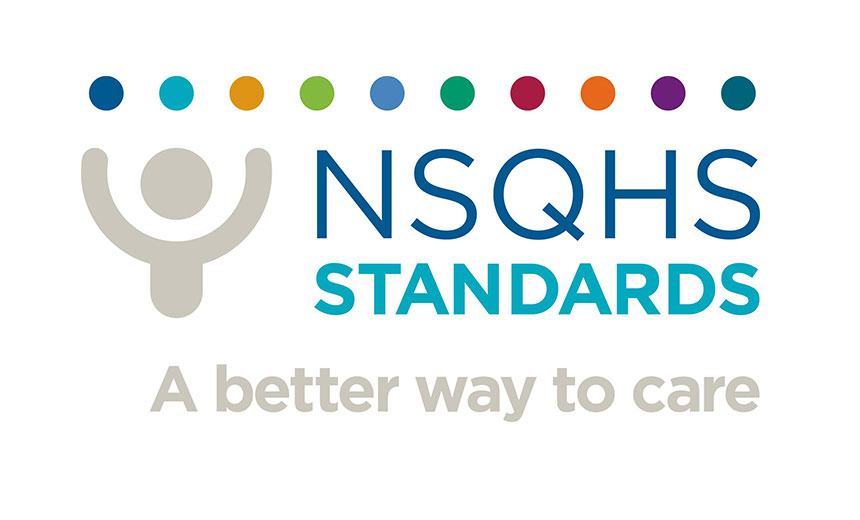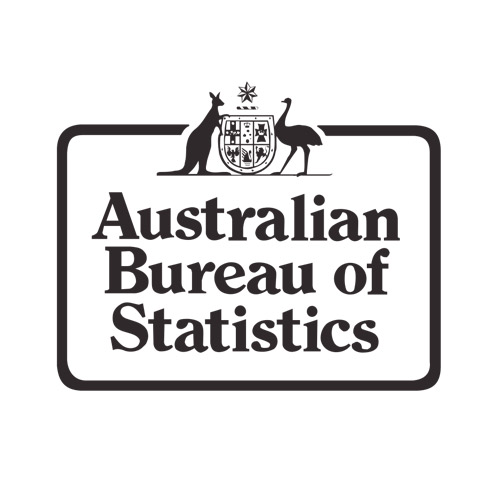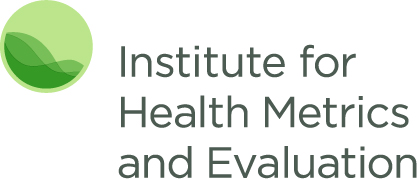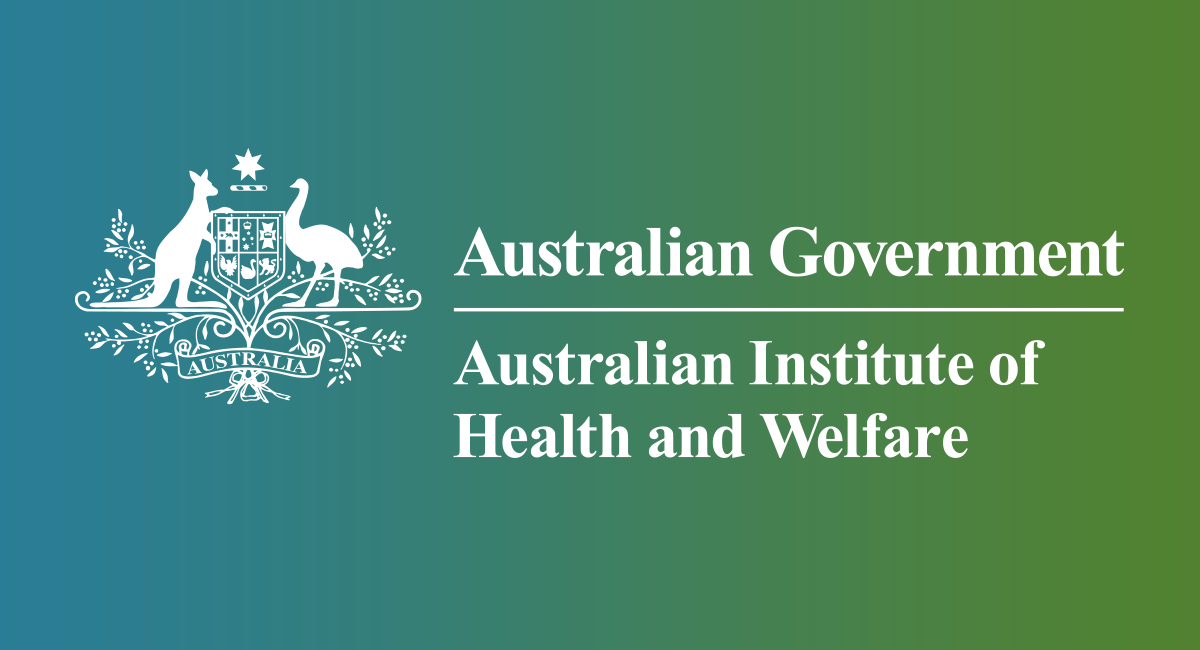Six Steps to Cardiac Recovery Terms / References
Click here to view references to material in this site, as well as other useful cardiac information.
Currently sorted By creation date ascending Sort chronologically: By last update | By creation date
Heart Foundation resources - for professionals | |
Warning signs of a heart attack patient resources | |
Young Hearts program for your patients | |
Australian Commission on Safety and Quality in Health Care | |
Australian Bureau of Statistics1. The National Health Survey: First results. This survey presents key findings for health statistics including long-term health conditions; mental wellbeing; and health risk factors. To access the survey results, click here 2. Causes of death, Australia - 2019. Statistics on the number of deaths, by sex, selected age groups, and cause of death classified to the International Classification of Diseases (ICD). To access the information, click here 3. Australian Health Survey: Nutrition First results – Foods and Nutrients. Provides a snapshot of food and nutrient consumption. Analysis and data cubes include average consumption and proportion derived from each food group. To access the information, click here.
| |
Institute for Health Metrics and EvaluationGlobal Burden of Disease Study for 2019. To discover the world's health data, click the image.
| |
Australian Institute of Health and Welfare1. The National Hospital Morbidity Database (NHMD) is compiled from data supplied by the state and territory health authorities. It is a collection of confidential electronic summary records for separations (that is, episodes of care) in public and private hospitals in Australia. Click here to access the data. 2. Burden of Disease Study: impact and causes of illness and death in Australia 2015. This report analyses the impact of more than 200 diseases and injuries in terms of living with illness (non-fatal burden) and premature death (fatal burden). Click here to access the report. 3. Alcohol, tobacco & other drugs in Australia. Information on non-medical use of pharmaceutical drugs. To access the information, click here
| |
Health literacy, does it make a difference?Article by Anne Johnson that provides contextual information about health literacy and its importance to health care, nursing, and health consumers. To access the article, click here | |
Consumers Health Forum of AustraliaCHF was engaged and funded by NPS MedicineWise as the lead agency to plan and implement a project, Consumer Health Literacy Segmentation Research. The Consumer Segmentation Research contributes to improving consumer health literacy as it relates to quality use of medicines (QUM) through the implementation of research to: 1. Understand the current status of health literacy amongst Australians 2. Inform future NPS MedicineWise Grant activities 3. Support the principles and objectives of the National Medicines Policy. To access the final report, click the image. | |






